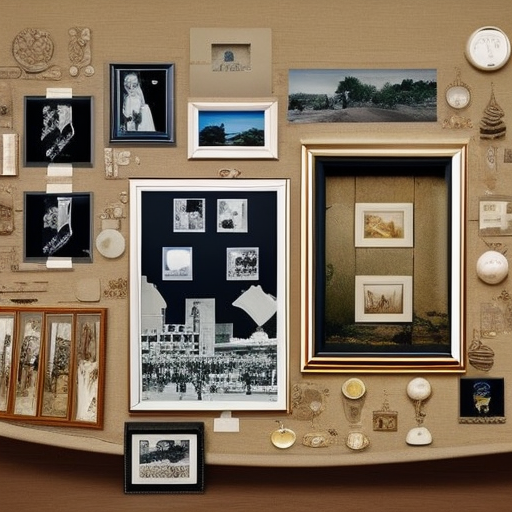Summary:
Collectibles are objects that people acquire and cherish due to their rarity, historical significance, or sentimental value. They can range from stamps and coins to sports memorabilia and antique furniture. Collecting has been a popular hobby for centuries, with individuals amassing items for personal enjoyment, investment purposes, or to preserve cultural heritage. The value of collectibles can fluctuate over time, influenced by factors such as supply and demand, condition, and market trends. Collecting can be a rewarding and fulfilling pursuit, allowing individuals to connect with the past and express their personal interests and passions.
Types of Collectibles:
Collectibles come in various forms, catering to a wide range of interests and preferences. Some popular categories include:
- Coins and Stamps: Numismatics and philately are two popular hobbies involving the collection of coins and stamps, respectively. Collectors seek rare or historically significant pieces, often organizing them by country, era, or theme.
- Sports Memorabilia: Fans of sports often collect items related to their favorite teams or athletes, such as autographed jerseys, trading cards, or game-used equipment. The value of sports memorabilia can be influenced by the popularity and success of the players or teams involved.
- Antiques: Antiques are objects that are at least 100 years old and are valued for their craftsmanship, historical significance, or aesthetic appeal. Furniture, ceramics, glassware, and artwork are common types of antiques that collectors seek.
- Comics and Toys: Comic books and toys from popular franchises like Star Wars or Marvel have become highly sought-after collectibles. Rare editions, limited releases, and well-preserved items can command significant prices in the collector’s market.
- Art and Photography: Collecting art and photography allows individuals to appreciate and support the work of artists. Collectors may focus on specific styles, periods, or artists, acquiring pieces that resonate with their personal taste and artistic sensibilities.
- Wine and Spirits: Wine enthusiasts often collect bottles of rare or fine wines, building a cellar over time. Whiskey, bourbon, and other spirits can also be collected, with connoisseurs seeking limited editions or bottles with unique characteristics.
Reasons for Collecting:
People collect for various reasons, including:
- Personal Enjoyment: Many collectors find joy in acquiring and owning items that align with their interests and passions. The act of collecting can provide a sense of fulfillment and satisfaction.
- Investment: Some collectors view their collections as investments, hoping that the value of their items will appreciate over time. However, the collectibles market can be unpredictable, and not all items will increase in value.
- Preserving History and Culture: Collecting can be a way to preserve and document cultural heritage. By acquiring and caring for rare or historically significant items, collectors contribute to the preservation of artifacts and knowledge for future generations.
- Social Connection: Collecting can also provide opportunities for social interaction and connection. Collectors often join clubs, attend conventions, or engage in online communities to share their passion and knowledge with like-minded individuals.
Challenges and Considerations:
While collecting can be a rewarding hobby, there are some challenges and considerations to keep in mind:
- Authenticity and Condition: Ensuring the authenticity and condition of collectibles is crucial, especially when dealing with high-value items. Collectors should educate themselves on authentication techniques and seek reputable sellers.
- Storage and Maintenance: Proper storage and maintenance are essential to preserve the value and condition of collectibles. Factors such as temperature, humidity, and exposure to light can impact the longevity of items.
- Market Volatility: The value of collectibles can fluctuate over time, influenced by various factors. Collectors should be aware of market trends and do thorough research before making significant purchases or investments.
- Space and Organization: As collections grow, collectors may face challenges in terms of space and organization. Developing a system for cataloging and displaying items can help maintain order and accessibility.
In conclusion, collectibles encompass a wide range of objects that individuals acquire and cherish. From coins and stamps to sports memorabilia and antiques, collecting allows people to connect with the past, express their interests, and preserve cultural heritage. Whether for personal enjoyment, investment purposes, or social connection, collecting can be a fulfilling and rewarding hobby. However, collectors should be mindful of challenges such as authenticity, storage, market volatility, and organization to ensure a successful and enjoyable collecting experience.












